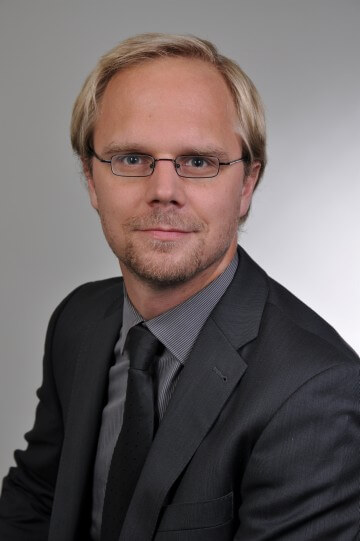What does the future path to digital homologation in automotive development look like? How can verification and validation be mapped safely, reliably and effectively in future processes? Dr.-Ing. Christopher Wiegand, Solution Manager Homologation, dSPACE GmbH, will talk about these topics at ELIV 2024. In this interview, he answers our questions in advance.
Digital Homologation Requires New Processes and More Transparency
The advantages of digital homologation for automotive development are obvious. How would you describe the current status quo from your perspective?
Dr.-Ing. Wiegand: My perception is that what is currently being done or prescribed in regulation has not yet fully arrived in practice. I don't mean that simulation is not being used – but that it is not being used to carry out a safety argumentation. At the same time, it is obviously becoming increasingly difficult and, above all, increasingly expensive to manage without digital homologation at Level 2 plus and Level 3 or 4. There is therefore undoubtedly a need to make greater use of virtual or digital homologation options in the future.
From your point of view, what are the biggest challenges at the moment?
Dr.-Ing. Wiegand: A fundamental challenge is that we first need to take a much more holistic, integrated approach in order to really benefit from the advantages of digital homologation. Complex issues such as functional safety or, of course, cyber security can no longer be considered individually – but only as a complete package.
It is also important to gain fundamental trust in the simulation. This will certainly require further best practices. For example, best practices have already been formulated in the ISO standards for vehicle dynamics, but not yet for sensor technology. Although there are already several approaches and directions, nothing has yet been defined by ISO. This makes it difficult – also with regards to the question of what evidence needs to be provided so that an assessment can be carried out by the technical services. In this respect, I still sense a certain amount of uncertainty in the market as to how to deal with regulations and individual issues.
And how can this uncertainty be resolved?
Dr.-Ing. Wiegand: In my opinion, OEMs, Tier 1s, the tool manufacturers for simulation, but also the technical services should work together much more closely in order to be able to create truly reliable facts. I'm not one hundred percent sure whether the awareness is already there that certain aspects, which are also mentioned in the best practices that are prescribed by law, actually only represent the bottom line and what is absolutely necessary. Everyone involved should sit down together and jointly develop a direction that goes well beyond these basic standards.
I also think it is absolutely essential that we link test drives and simulations much more closely together. At the moment, the proving ground, i.e. testing on the road, is still far too separate from the simulation methods. There needs to be a rethink here in order to view both as a single unit and exploit the advantages for process safety.
This realization in turn means that processes need to be re-evaluated as a whole – from the current process design to holistic, data-driven development processes that take simulation and the corresponding ISOs into account accordingly.
How do you envisage the networking of digital homologation and test driving in concrete terms?
Dr.-Ing. Wiegand: The ideal scenario would be to use the activities on the proving ground and the information collected there in a meaningful way – not only for product development and AI training, but increasingly also for validating and safeguarding the simulation. This in turn increases the safety and reliability of the simulation and enables the use of learning effects that benefit everyone involved.
How will digital homologation change the development processes as a whole?
Dr.-Ing. Wiegand: As already indicated, I believe that much more transparency than before, more openness and even closer cooperation will be necessary in many areas. One example: Tier 1s alone can hardly fulfill the validation requirements at vehicle level, but are dependent on close cooperation and data from the OEM and other suppliers. This requires close and open cooperation at a technical level and a climate of trust. And this in turn requires a clear definition of responsibilities.
What are your expectations for ELIV 2024?
Dr.-Ing. Wiegand: My expectation is that the congress will contribute to a better common understanding and make it clear that we need to come up with holistic approaches in order to master the next development challenges and fully exploit the potential of digital homologation. In this context, we will show, for example, how to carry out vehicle dynamics tests on the proving ground according to a clear ISO guideline in order to use the findings in the simulation for corresponding homologation reports – for model & simulation validation as an integral part of the V&V strategy.
About the person:

Source: dSPACE
Dr.-Ing. Christopher Wiegand is Solution Manager Homologation, Corporate Development & Strategy at dSPACE and will speak about the path to virtual homologation at the International VDI Congress ELIV 2024.
